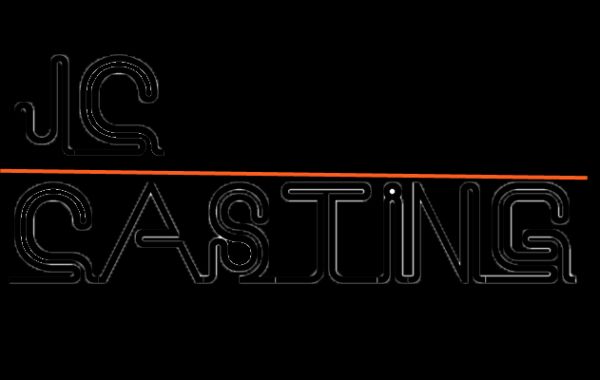Bronze casting is the process of pouring molten bronze into hollow molds to create frontal bronze sculptures or objects. Bronze casting methods, such as lost wax, ceramic shell, and sand casting, are used to produce bronze sculptures, instruments, medals, tools, plaques, etc.
Bronze Cast Sculpture
Bronze is the most popular metal for casting sculpture because of its versatility and ease of casting. When casting bronze, the material expands before it solidifies, helping to bring the tiniest details to life. It also shrinks as it cools, making it easier to remove the finished casting from the mold. Because bronze is copper-based, it has a lower melting point than most metals. Besides sculpture, bronze is also an excellent material for casting musical instruments, weapons, medals, industrial parts and more. It's also corrosion resistant, making it a long-lasting choice for sculptures and more.
The first known bronze sculptures date back to 2500 BC. Other early bronze artifacts, including cast weapons and tools, have been found in modern India, Africa, China, Greece, and more. Bronze sculpture was a way for the great civilizations of the time to trace history, practice ritual and honor nobility.
Bronze Casting Process and Methods
The bronze casting process has a history of thousands of years and is widely used to make sculptures, instruments, parts, weapons, tools, etc. This is a versatile process, using different types of molds and materials depending on the project you want to cast. Below is an overview of the different bronze casting processes and methods.
Lost Wax Cast Bronze
Lost wax casting is used to create one-of-a-kind detailed metal objects by building molds around sacrificial wax patterns. After the mold is embedded, the wax melts and creates a cavity into which the bronze flows. After the bronze has cooled and solidified, the artist can remove it from its original mold.
sand cast bronze
Sand casting uses resin sand to build a mold into which the bronze will be cast. When the mold solidifies and the pattern is removed, you can pour the molten bronze into the hollow areas. Once cooled, the result is a cast metal object.
Engraved Large Bronze Vessel
Carving large bronze works often begins with the artist studying sculpture on a small scale by making smaller mock-ups of the larger project. When it comes time to create the final mold for a large sculpture, the artist must keep structural support and logistics in mind. The final model can be sculpted from clay, plaster, or wax. For very large pieces such as life-size sculptures, they may be cast in pieces and then welded together before the process is completed.
Pursuit and finish
Chase is about removing seams and repairing imperfections on wax models before casting. Because bronze is a cast metal with great attention to detail, every tiny trace will show through. These marks are easier to remove by buffing in wax than in cooled bronze. Sculpting tools used include heated soldering irons, heat guns, and texturing tools such as dental or other hand tools.
Once the workpiece is cast and cooled, the mold is opened and the finishing process begins. The metal sprue is cut and ground, and the surface of the workpiece is finished as required. Artists can sandblast the surface to remove any oxidation, oil, or inconsistencies. The surface can also be further decorated with a wire brush or other texturing tool.








